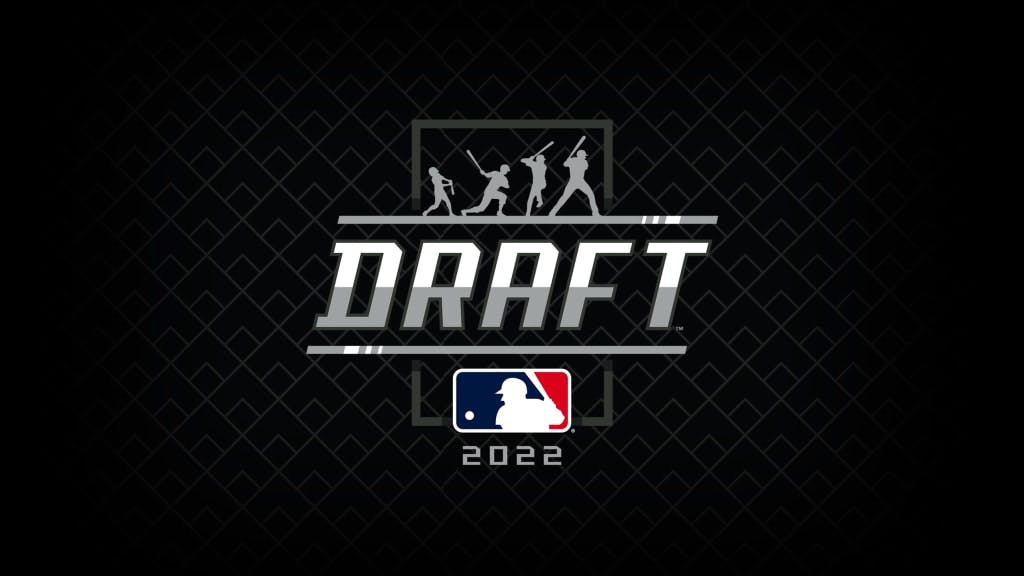Don’t worry about prospects, the Blue Jays will have a great opportunity to re-stock their farm this summer
Photo credit: https://www.mlb.com/news/2022-mlb-draft-order
Mar 17, 2022, 09:00 EDT
Recent articles from Ryley Delaney
Keep scrolling for the next article
Breaking News
- The Junior National Team has announced their 28-man roster for the Dominican Pro Academy Tour
- The Blue Jays continue to get solid outings from Brendon Little and Mason Fluharty
- Instant Reaction: The Blue Jays continue their winning ways thanks to some tidy work at the plate
- Blue Jays GDB – 39.0: Toronto looks to keep the winning ways going in Seattle
- A consistent Addison Barger might be the spark plug the Blue Jays need
